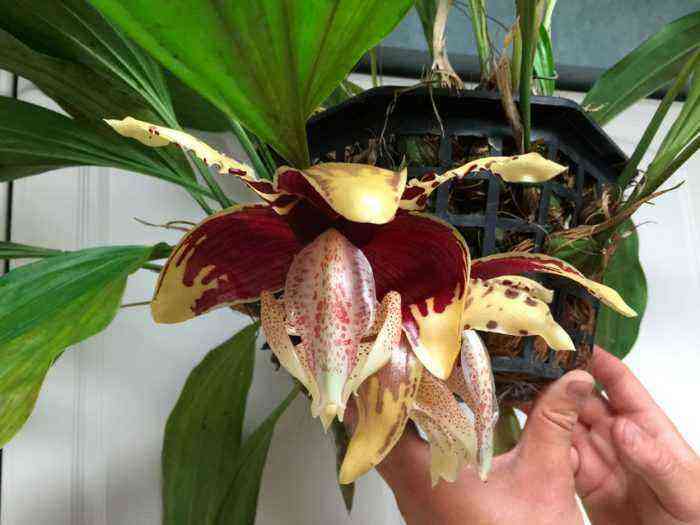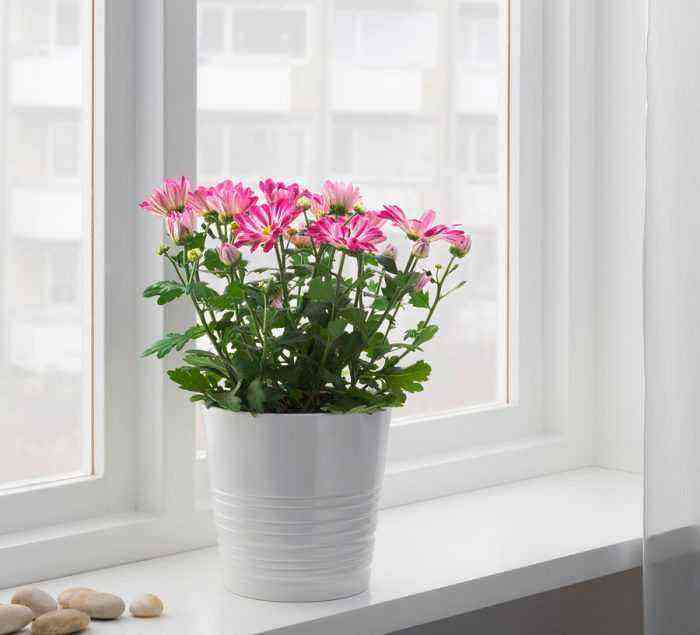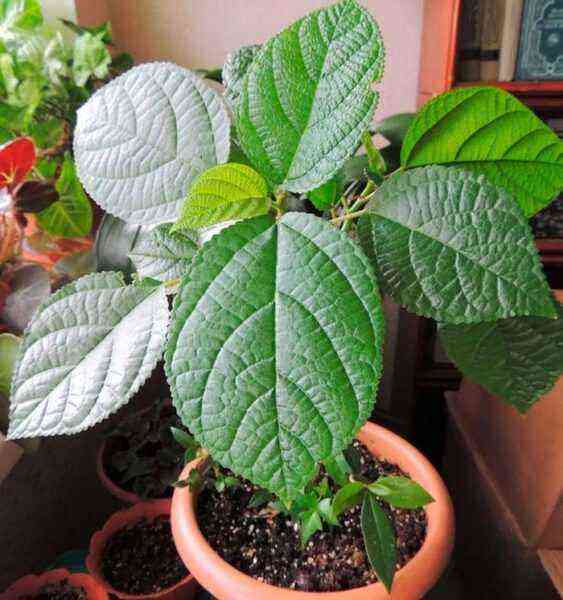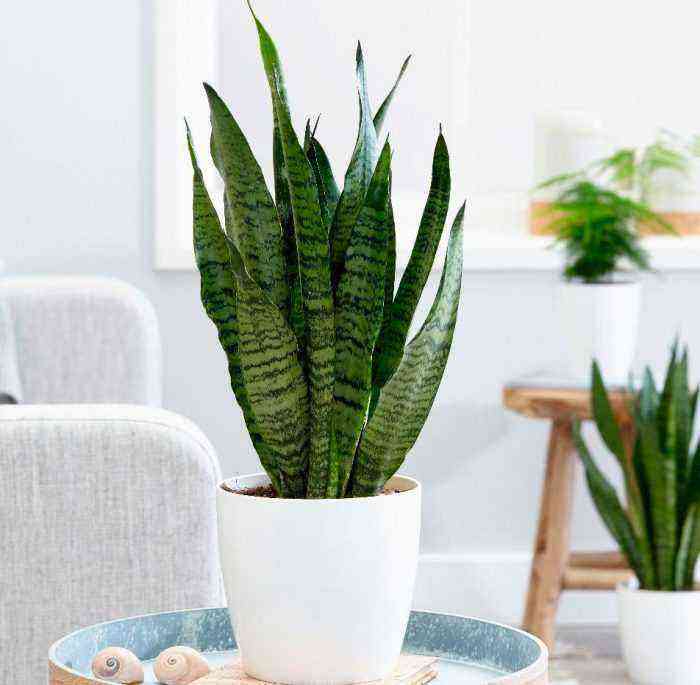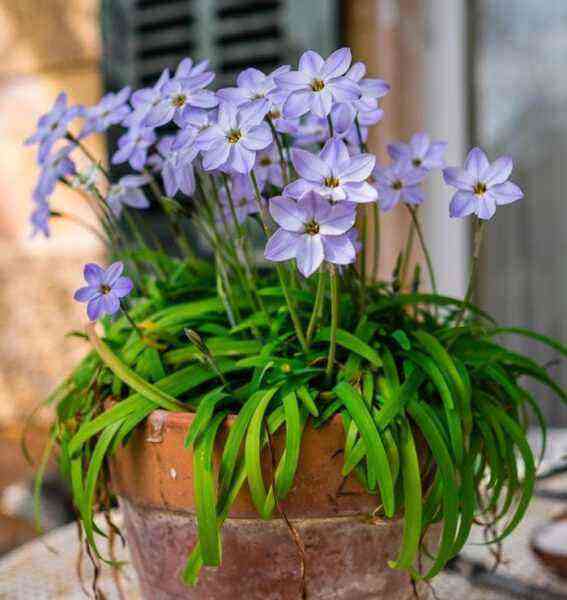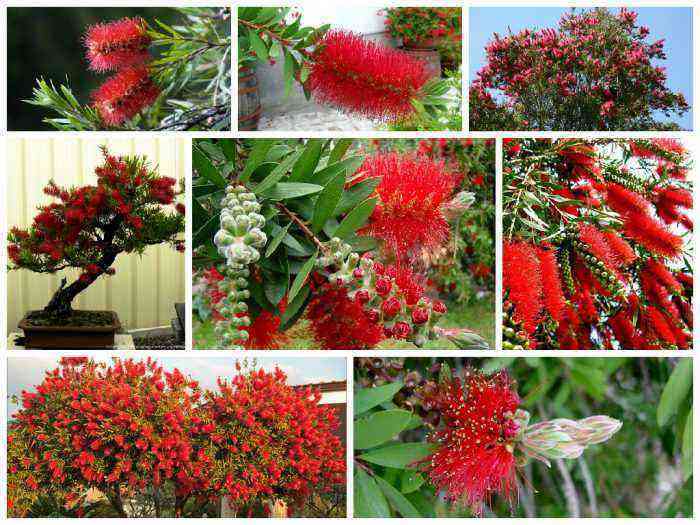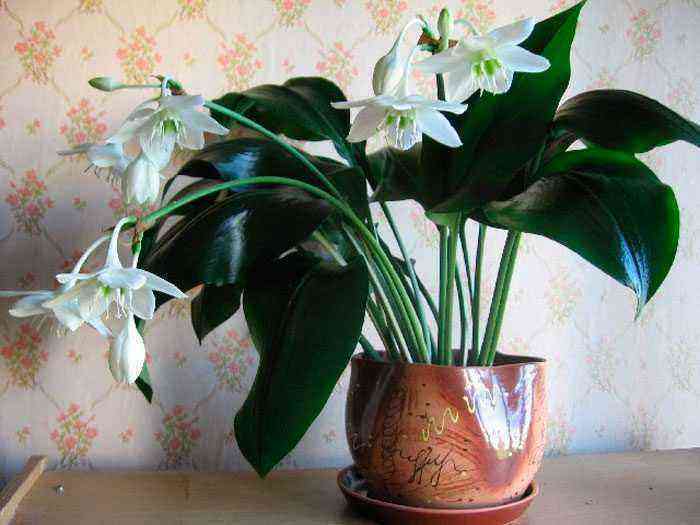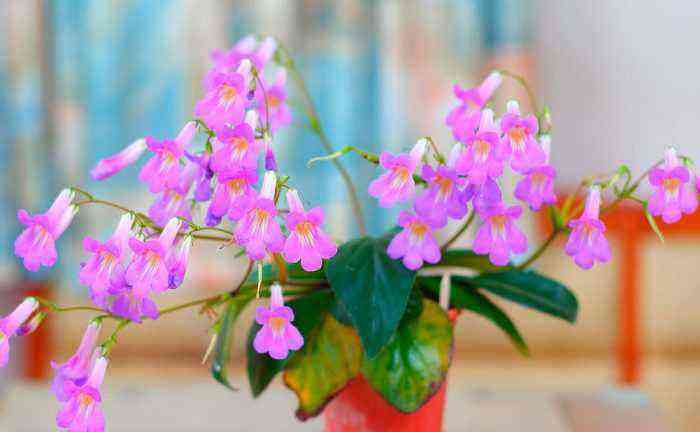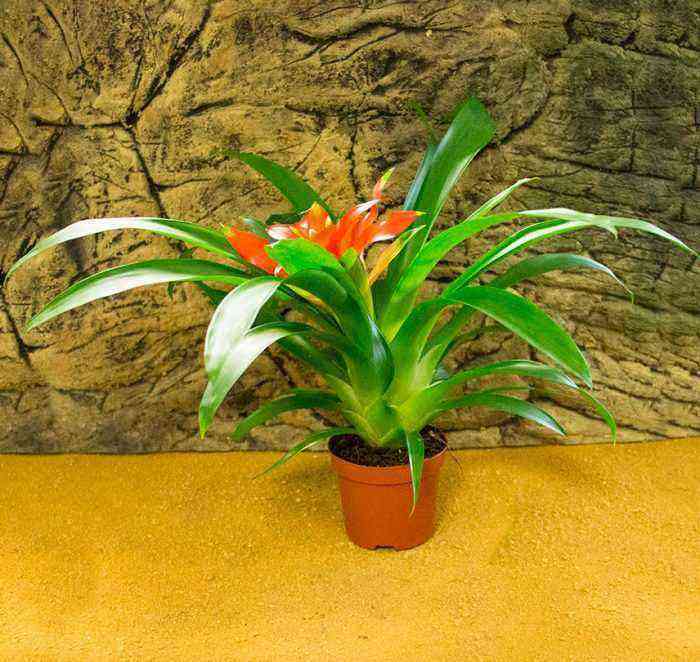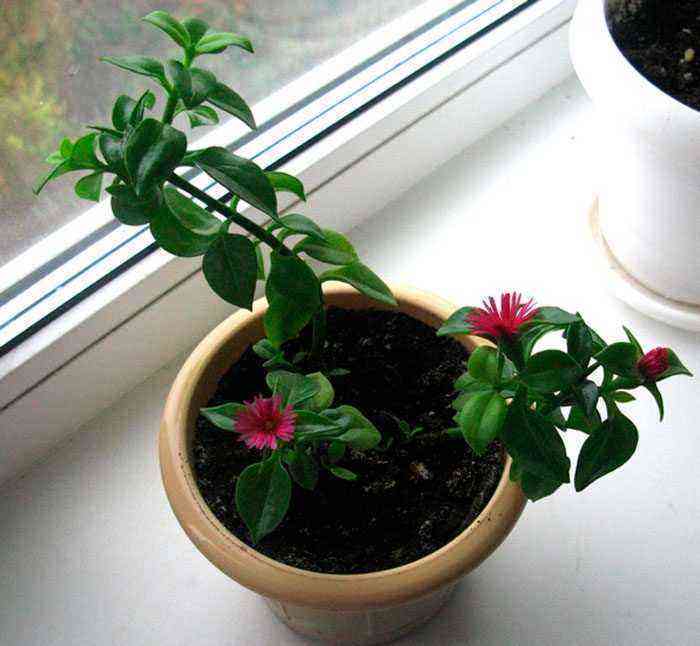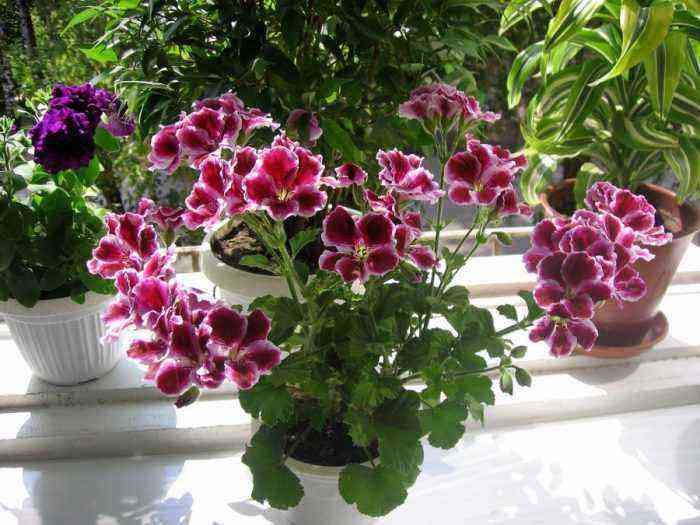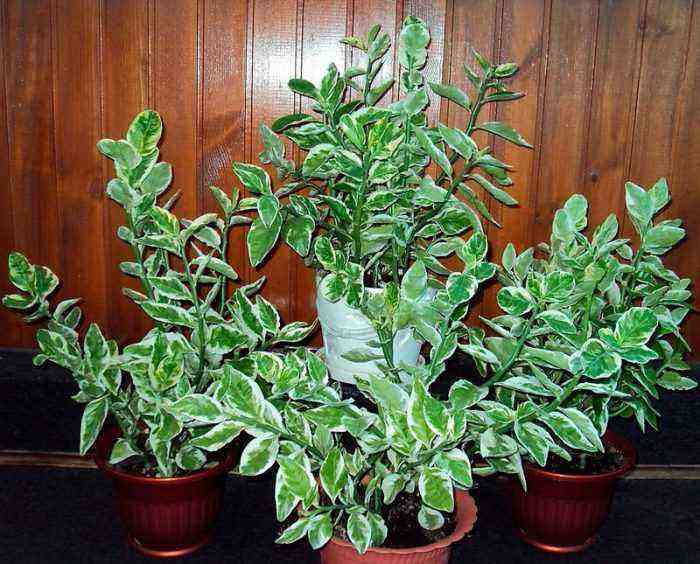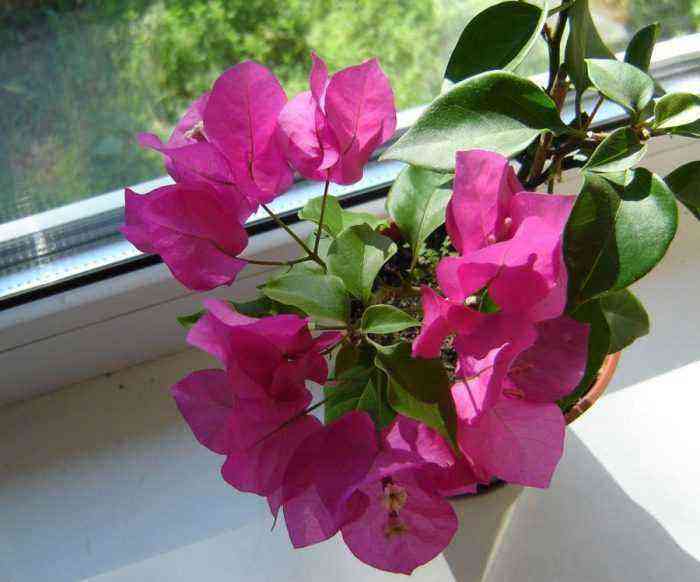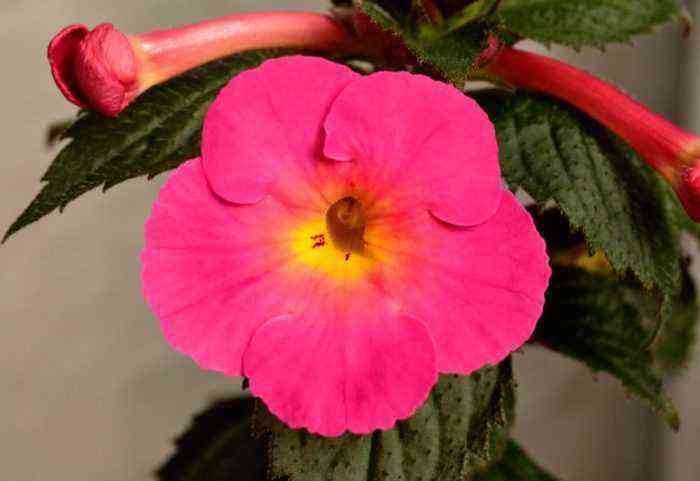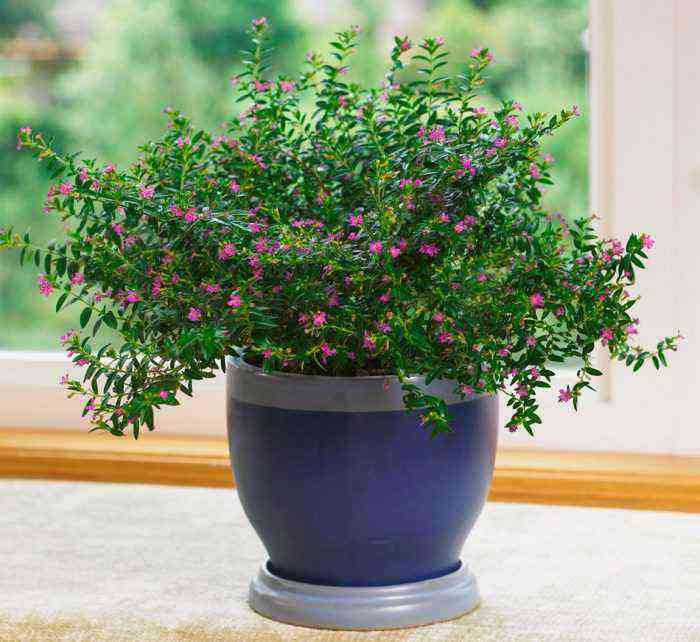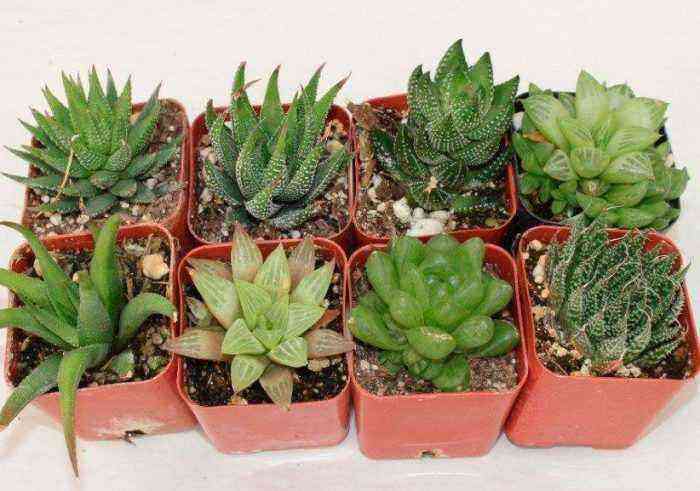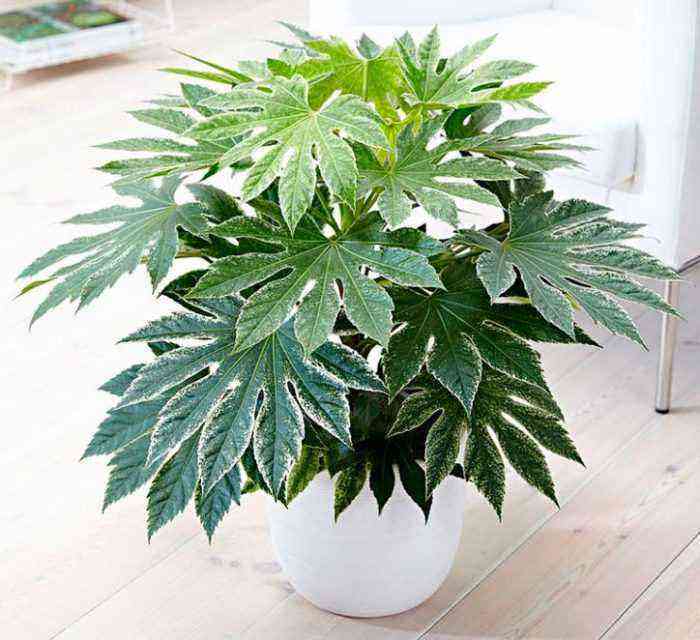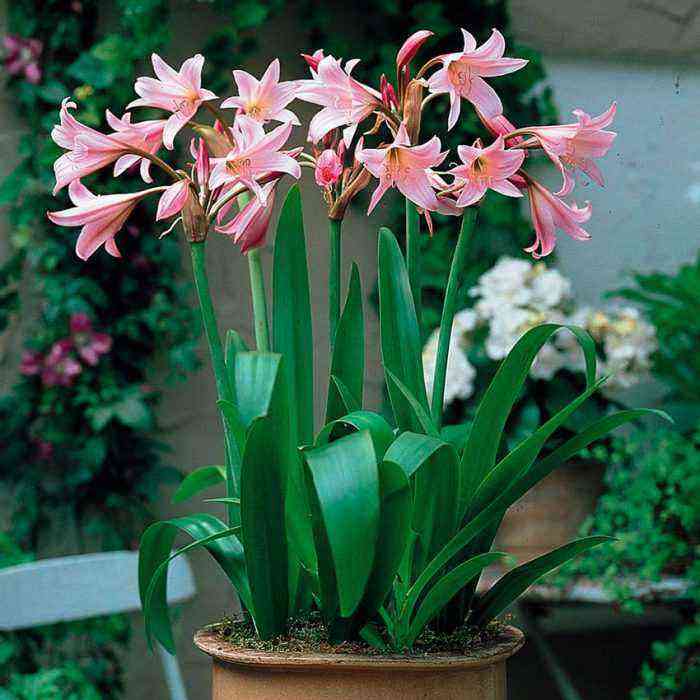On planet Earth, there are about 30000 different types of orchids, which differ in shape, size, color. However, they are all undoubtedly very beautiful. For a long time, people have been fascinated by these delightful beauties. Despite such a capricious nature, people grow an orchid at home, providing it with all the necessary conditions in order to one day admire its beautiful flowers.
So, a special place in the vast family of orchids is occupied by the genus stanhopea. And this plant stands out for its very large flowers (diameter from 15 to 20 centimeters), an unusual color, as well as an incredible chocolate-vanilla smell. This genus unites about 50 species of various plants. In natural conditions, they can be found in the tropical regions of South and Central America. Such an orchid grows and develops normally in indoor conditions, and with proper care, it will delight the grower with its annual flowering.
Caring for the stangopeya orchid at home
Stangopea, like most members of the extensive orchid family, requires high air humidity and bright, but always diffused lighting.
Temperature conditions
This plant feels great in summer at temperatures from 23 to 25 degrees, and in winter – from 17 to 18 degrees. Experts recommend providing the plant with a daily temperature difference, and the difference between the temperatures should be about 3-5 degrees. This promotes normal flowering. In the warm season, the stangopea can be taken out into the fresh air, while it should be placed on a loggia or balcony, and you can also hang it on a tree that is in the garden.
humidification
The plant responds very well to regular moisture from the sprayer. However, at the same time, care must be taken to ensure that water droplets do not end up on the surface of young growths or flowers when spraying, since they can rot quickly enough. Experienced orchidists advise to spray the plant from the smallest spray bottle, because this type of dew falls out where such an orchid comes from.
Choice of capacity
For planting the stangopea, it is best to use a hanging plastic or wooden basket, and a lattice with large cells is also suitable for this purpose. Such a container will hold the flower itself well, and will also provide free air access to its root system. Due to the fact that in natural conditions this kind of orchid prefers to grow on rocky ledges or in the forks of trees, it has peduncles directed downward. Therefore, such a flower must be grown exclusively in a hanging container.
Earth mixture
To grow such a plant, two types of soil mixture are used:
- dry foliage and bark of trees, sphagnum;
- tree bark, fern roots, sphagnum, and charcoal.
In this case, it is best to use the second version of the soil mixture for planting. Such components will provide the substrate with good moisture holding capacity and a loose structure. And also this soil mixture has a large amount of various nutrients that the plant needs.
Fertilizer
It is recommended to feed stangopea only in spring, when there is intense growth, as well as flowering. For top dressing, you need to use a specialized complex fertilizer for orchids, while you need to take ½ part of the dose that is recommended on the package.
How to water
Such a plant is very fond of moisture. In this regard, it should be watered systematically, without waiting for the soil mixture to dry out. If watering is scarce, then this will have an extremely negative effect on the roots of the orchid, while deformation of the leaf plates will occur, and there will also be a delay in flowering. If watering is excessively abundant, then this will also negatively affect the condition of the plant. So, its pseudobulbs are crushed, and flowering may not come at all.
With the onset of a dormant period (at the end of the autumn period), watering the stangopea needs a little less. As a rule, at this time, watering is carried out only after the soil dries slightly around the edges of the pot. For irrigation and humidification, it is necessary to use water at room temperature, which can be rainwater, well-settled or boiled.
vermin
Spider mites or scale insects can settle on this plant. If you find harmful insects on the stangopea, then the leaves will need to be carefully washed with lukewarm soapy water, after which it is treated with an insecticide.
Breeding method
As a rule, such a flower can be propagated by dividing its rhizome into parts. In this case, the division is recommended to be carried out during transplantation. And the plant should be transplanted once every 1 years in the spring. The rhizome is divided in such a way that there are several pseudobulbs on each division. A well-sharpened, disinfected knife is used for division. Places of cuts near the cut should be treated with crushed charcoal to prevent infection. Fully this kind of orchid will bloom only when its rhizome grows well and there will be at least 3 or 5 pseudobulbs. In this regard, the stangopea must be planted in a container taken “for growth.”
This is an incredibly beautiful plant. It has gorgeous large flowers with a bizarre color and shape. The opened flowers of the stangopea are able to enchant with their beauty.
